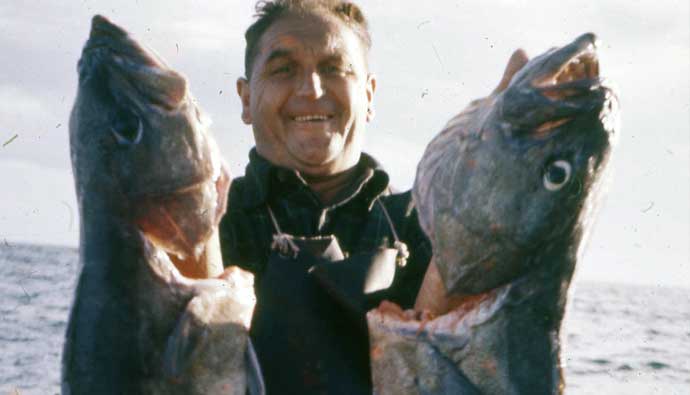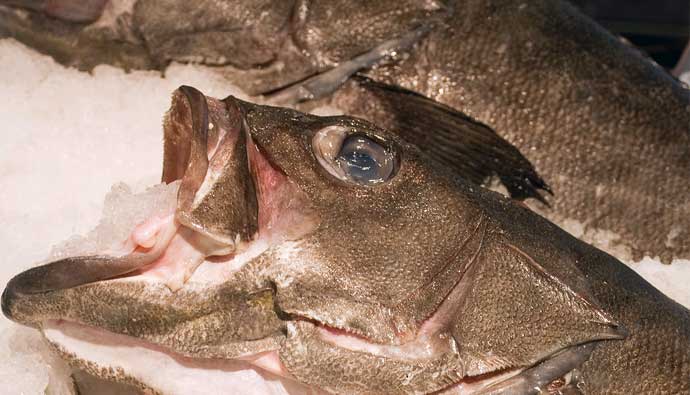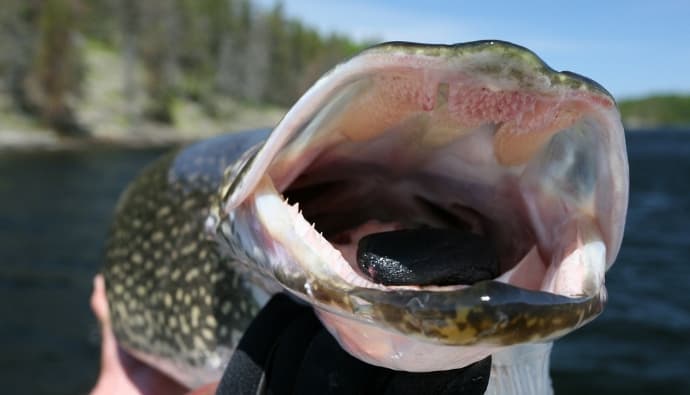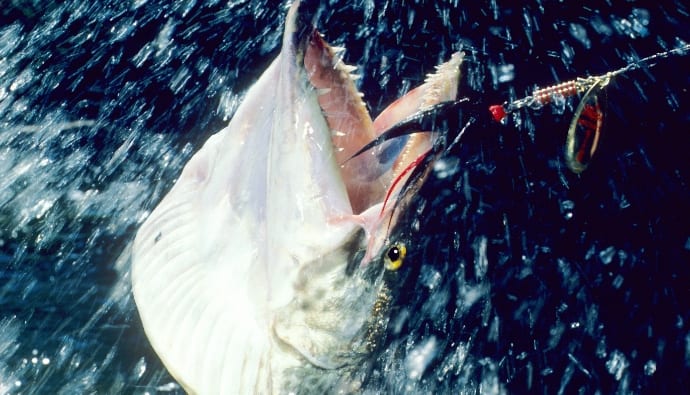Whapuku fish are voracious predators that feed on a range of fish and crustaceans such as red and blue cod as well as crayfish.

Use this guide to help you catch that prized fish from Australia!
Recommended Fishing Gear:
- Rod: Penn Carnage II 7-foot Medium
- Reel: Penn Fathom 25NLD
Listen to more fishing tips on the Cast & Spear Podcast
Overview
It has a large, heavy and stocky body that is grey in color and a silvery-white underbelly.
Hapuku fishing is popular in southern Australia, South Africa, South America, and New Zealand but they can also be found in the southern Indian Ocean and the Pacific Ocean.
Whapuku Facts
| Scientific Name | Polyprion oxygeneios |
| Common Name(s) | Whapuku, Hapuka, Hapu fish |
| Family | Polyprionidae |
| Identifying Characteristics | It has 10 dorsal spines that run along its back and softer ones on the underside. |
| Depth Range | 30 to 800 m |
| Habitat | Underwater cracks and caves |
| Limits | Check your local regulations |
| Largest Recorded | 68 kg |
| Status | Yes |
How to Catch
The ideal setup to catch this powerful fish is a beefy reel that has an 80 lb braid and an equally powerful rod.

Small pieces of fresh bait are best. The scent will entice them to bite since it is swimming in darkness. Use fresh, oily, and juicy bait such as cod, jack mackerel, squid, or barracuda.
Fishing Tactics
- Whapuku is usually targeted around slack water and usually favor areas that experience high current. Make sure you drop your line in a location that will sweep it away or stop it from remaining in the strike zone long enough.
- Use a depth sounder to locate this fish in the deep. Start from the top on a reef and then work your way deeper till you detect a sign.

Fishing Tips
- Try tuna circle hooks, and don’t strike at the bites.
- When the tide comes in, this large fish remains beside reef edges to avoid strong currents, so the best time to catch them is when the tide slackens.
Spearfishing Tips
- If you are spearfishing for whapuku in a reef, locate the reef by listening for an increase in volume.
- Clear bubbles out from your suit right before you dive, or they will get spooked. Remain as still as you can at the bottom. The fish might even swim up to you.
Seasons
It can be fished year-round, but best in the summer.
Frequently Asked Questions
The flesh of the hapuku fish is succulent and moist with large and thick flakes. The taste is quite similar to that of the blue nose and bass.




 Facebook
Facebook YouTube
YouTube








